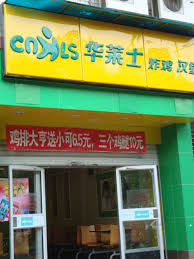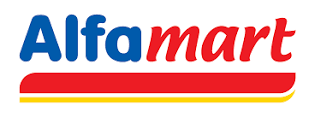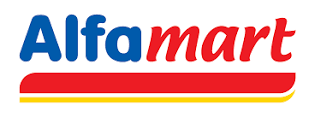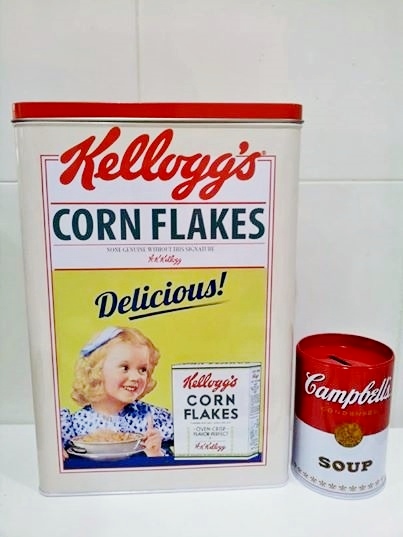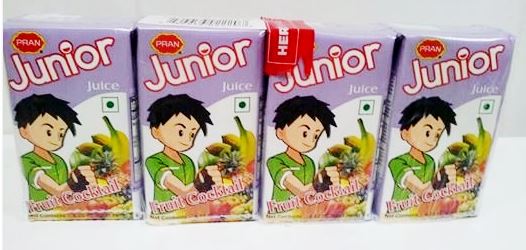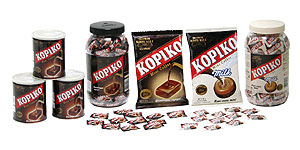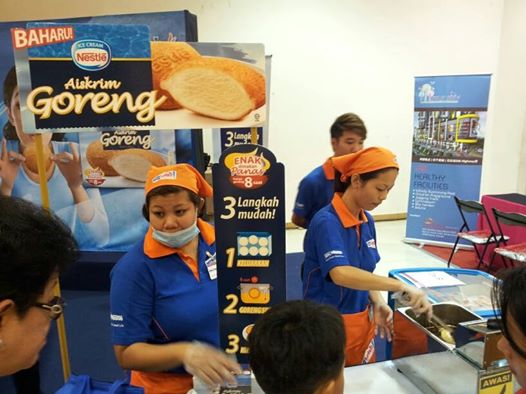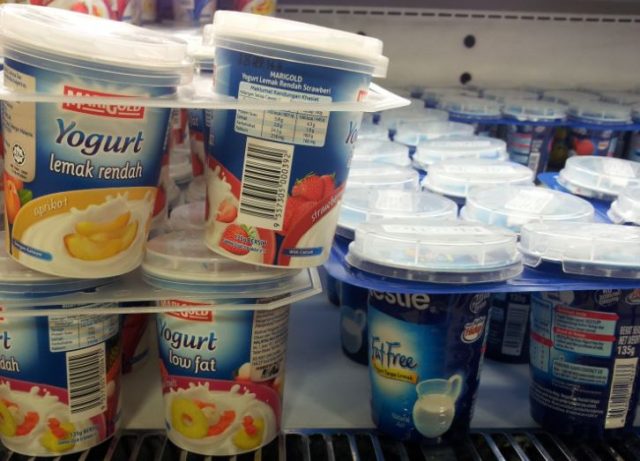Chinese Chicken Burger Chains Taking on the World
At the end of 2013, Yum! Brands operated 4,600 KFCs and 1,264 Pizza Huts in China, making it the largest western fast food chain in the country. Taiwan’s Dico’s had over 2,000 outlets at the end of 2013, while McDonald’s will open its 2,000th outlet by the end of April 2014.
Unknown to the outside world and oblivious to some ordinary urban Chinese consumers, CNHLS (Hualaishi 华莱士) is actually the second largest western fast food chain in China after KFC by store count with about 4,800 stores mainly in lower tier cities. Following the footsteps of CNHLS are a legion of equivalently aggressive local western fast food chains with funny abbreviated names like LEM (乐而美), KDS (快乐星)and Pala (派乐). LEM and Pala each has over 1,000 stores. They expand mainly through franchising without significant investment on their own.
LEM and KDS are the more aggressive ones internationally. KDS said it is making inroad into Myanmar and Africa since 2011, while LEM opened its first outlet in South Africa in February 2014. It makes sense for China’s western fast food chains to enter developing and less developed markets as consumers there may not even have tasted McDonald’s or KFC such as the case with Myanmar. As long as there is fried chicken and fried food selling at affordable prices, Chinese western fast food chains will be in a good position to tap such demand.
 |
| LEM first store in South Africa opened in February 2014 |
Alfamart starts recruitment in the Philippines
1.) AutoCAD operators

Rising Labour Costs Hurting Alfamart
PT Sumber Alfaria Trijaya (Alfamart), the operator of the Alfamart minimart chain in Indonesia, is reeling under labour cost pressure. High inflation and fuel costs, which rose by 44% for petrol and 22% for diesel in 2013 had pushed about 2 million workers across the county to go on strike in October 2013 to demand for higher wages. To mitigate the effect of higher cost of living, the authorities implemented drastic wage hike in 2013 with a 44% increase in the minimum wage in Jakarta to IDR2.2 million (USD228). The wage increase varies by regions. In East Kalimantan, the wage hike was 49% but only 11% in Aceh.
| As a % proportion of total revenue, 2008-2013 (note 2012-2013 figures do no take into account the investment in Midi Utama) |
| % of net sales |
A closer look at the salary component of the cost structure shows a rise in the share of salary cost out of total revenue in 2013, rising from 6.11% in 2012 to 7.39% in 2013.
| From PT Indoritel Q4 Newsletter |
|
|
Throwback Marketing Still Works
|
|
Pran Hitting the Right Note with 125ml Single-Serve Juice
|
|
Similar 125ml format has already being adopted in the UHT milk category in Malaysia. Why a similar mini pack is not used by the juice category to target kids? A small pack size helps in portion control and fits nicely in the lunch box.
Mayora Indah Expanding Abroad
Key concerns:
MYOR has been aggressively expanding its global footprint. The export market will be the key driver for MYOR going forward. In Malaysia, MYOR has become very active in the market with innovative products such as the low acid coffee Kopiko LA Coffee and its biscuit ranges such as Astick and Slai O’lai. Malaysia is ripe for MYOR’s Energen Cereal as the country has a strong culture of drinking 3-in-1 cereals.
In China, its Astick stick biscuit has good shelf presence in the leading trade channels. As for the Kopiko candy, it is well known globally.
By segment
Food processing is proven to be a more lucrative business for MYOR and this is reflected in the higher share of food processing in operating income. MYOR is moving in the right direction by focusing more on food processing than on the highly competitive coffee business.
Conclusion
The growing export business and the focus on food processing put the company in a good position. The key risks are commodities prices and debt-fuelled expansion. The focus on one-off items such as gains on forex may not be sustainable.
With an EPS of IDR 1,165 in 2013 and the current share price of IDR30,000 (28 March 2014), the P/E of 25.75 makes the company cheap in the FMCG space in Indonesia.
| Financial Times |
Disclaimer: The author is vested in MYOR
Nestle Embarks on Consumer Education for its New Fried Ice Cream
For a novel product like fried ice cream (aiskrim goreng), consumer education through demonstration is the only way to convince and teach consumers about the proper way to prepare the fried ice cream. The ice cream has to be cold, taken straight from the freezer and the optimum frying period is 8 seconds only.
The following photos were taken at Aeon Supermarket, Cheras Selatan on 28 March 2014.
|
|
Nestle and Marigold promoting family, multi-pack yogurt
|
|
Own Brand Products to Drive Tenwow Growth
Even though own brand’s share of revenue is rising, third party brands still have the largest share of revenue. As of 30 June 2013, Tenwow distributed over 4,300 different products of 76 international local brands. The brands include Dove confectionery, Glico snacks, Red Bull energy drink, Heinz baby food, Kraft snacks, Wrigley candy, Nestle sweets, Mars petfood, Unilever house care products, Wahaha beverage, Nestle coffee and Wang Lao Ji herbal tea. Alcoholic beverages include brands such as Remy Martin, Martell, Hennessy and Chivas Regal.
Product segment:
The good thing about the business model of Tenwow is having the flexibility to adjust the product mix to improve margins. The share of alcoholic beverages by revenue is shrinking, while non-alcoholic beverages and food & snacks are rising. The decline in the revenue share of alcoholic beverages mainly occurs in own brand products. Tenwow is seeing a fall in the demand for its own brand alcoholic beverages as the government clamped down on excessive public spending for overseas trips, food and entertainment and public vehicles. Leading Chinese alcoholic companies including Moutai and Wuliangye have seen a reverse in their fortune after spending is curbed.
| Top chart is own brand products, while the bottom is third party products. Revenue (RMB m) |
Alcoholic beverages continue to contribute the bulk of gross profit despite suffering from shrinking share in terms of revenue contribution. The high gross profit contribution of alcoholic drinks can be explained by the shift towards higher value products.
2013 is the year where non-alcoholic beverages had a stellar performance and this category including RTD tea, herbal tea and energy drink will drive future growth.
Conclusion:
Non-alcoholic beverages
Growth opportunities will increasingly come from non-alcoholic beverages. In 2013, Tenwow launched the “Charcoal Roasted Series” milk tea. In 2014, the company will debut “Charcoal Roasted Café Mocha” and “Charcoal Roasted Café Latte”, and cup-milk tea products. Tenwow is still a small player in the milk tea segment, which is now dominated by Master Kong (Tingyi) and Uni-President. The nimbleness of Tenwow makes any increase in sales reflecting strongly in terms of percentage point due to the low base effect.
Food and snacks
The company is betting on mini packaged food and snacks to drive category growth. There are plans to launch more mini products following the success of the Tenwow Idea line.
Alcoholic beverages
The government clampdown on mid to high-end alcoholic drinks shows the need for Tenwow to move into alcopop with low alcoholic content such as Barcadi Breezer to reach the young market.
Good design
Tenwow’s pack designs are contemporary and very eye catchy putting it in good stead to attract young consumers.
Finance cost risk
Gearing has reduced to 5% as at 31 December 2013 compared to 43% in 2012. Tenwow is seeing a rise in financial costs to meet the working needs of the company. Total borrowings at the end of 2013 stood at RMB1.32 billion, up from RMB1 billion with RMB1.23 billion being short term borrowing. Net borrowings (total borrowings less cash and cash equivalent and restricted cash) fell to RMB123 million in 2013 from RMB710.1 million.
Attractive valuation
With a PE of 17 times 2013 earnings, the share price still has some upside opportunities given the rising contribution of the own brand business. The key risks are the termination of existing distribution agreements for third party products and high finance costs. However, valuation will continue to be affected as long as the company continues to depend on third party business.



